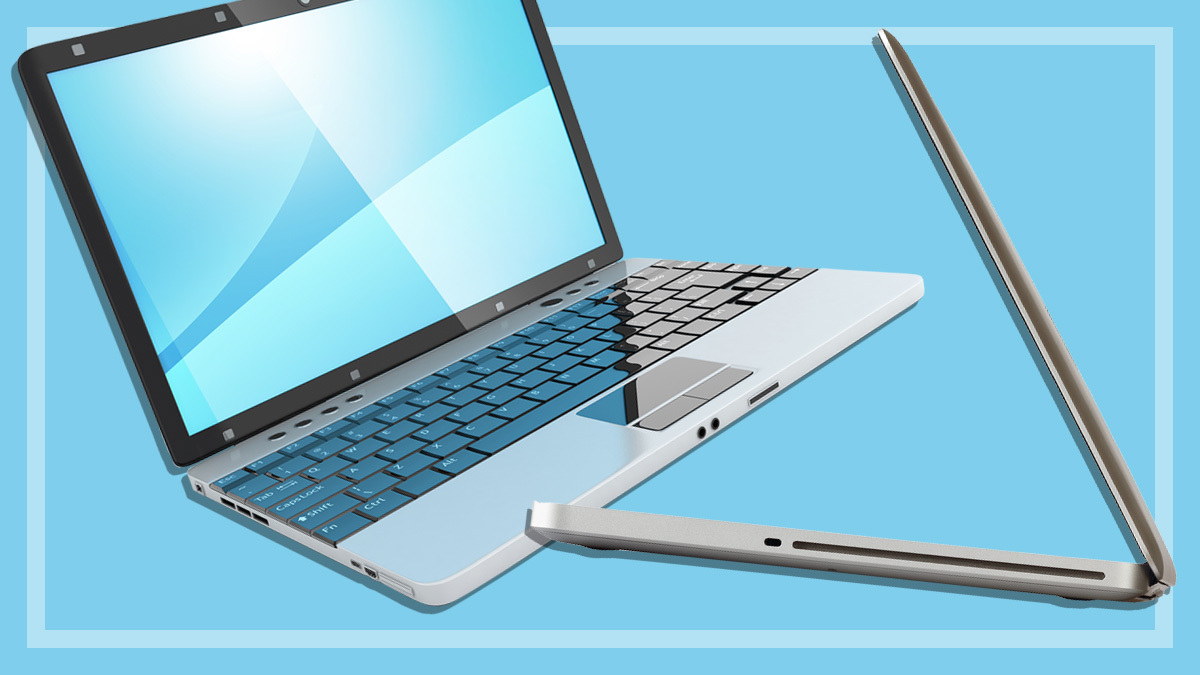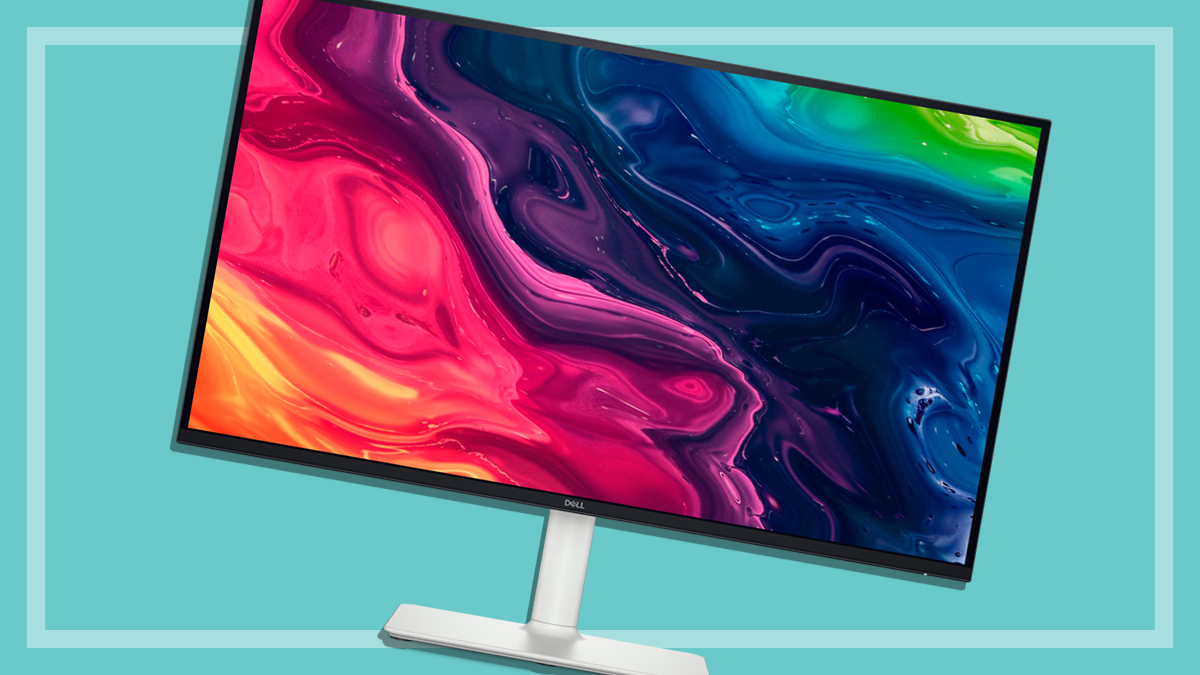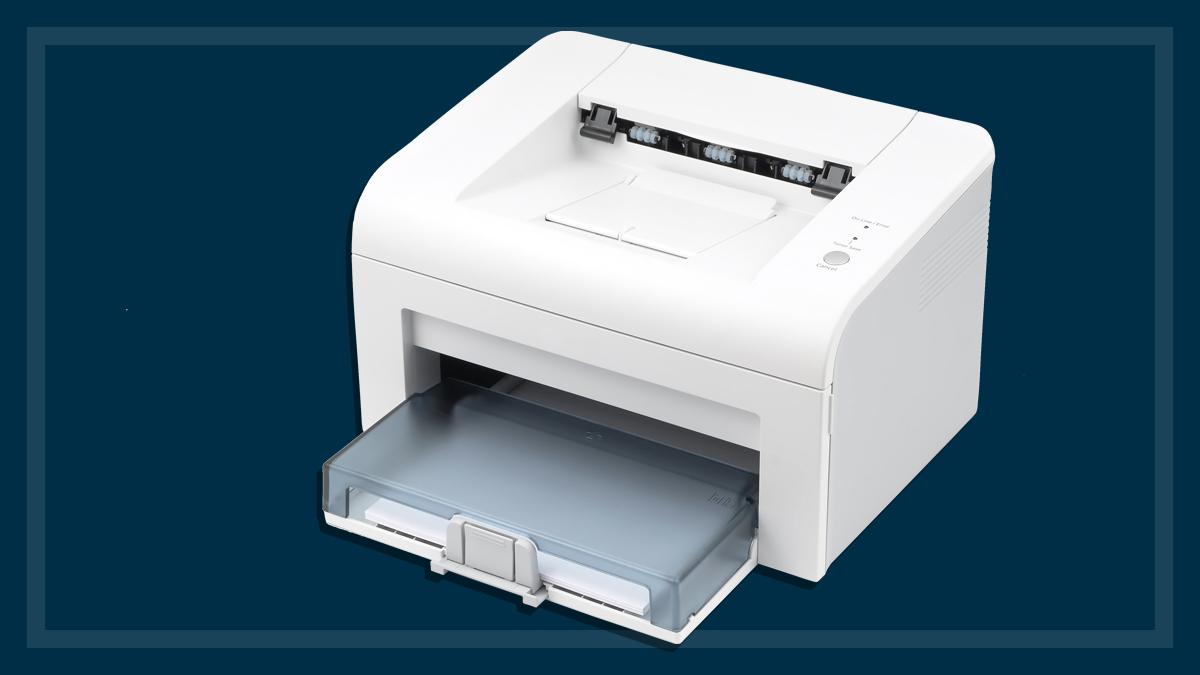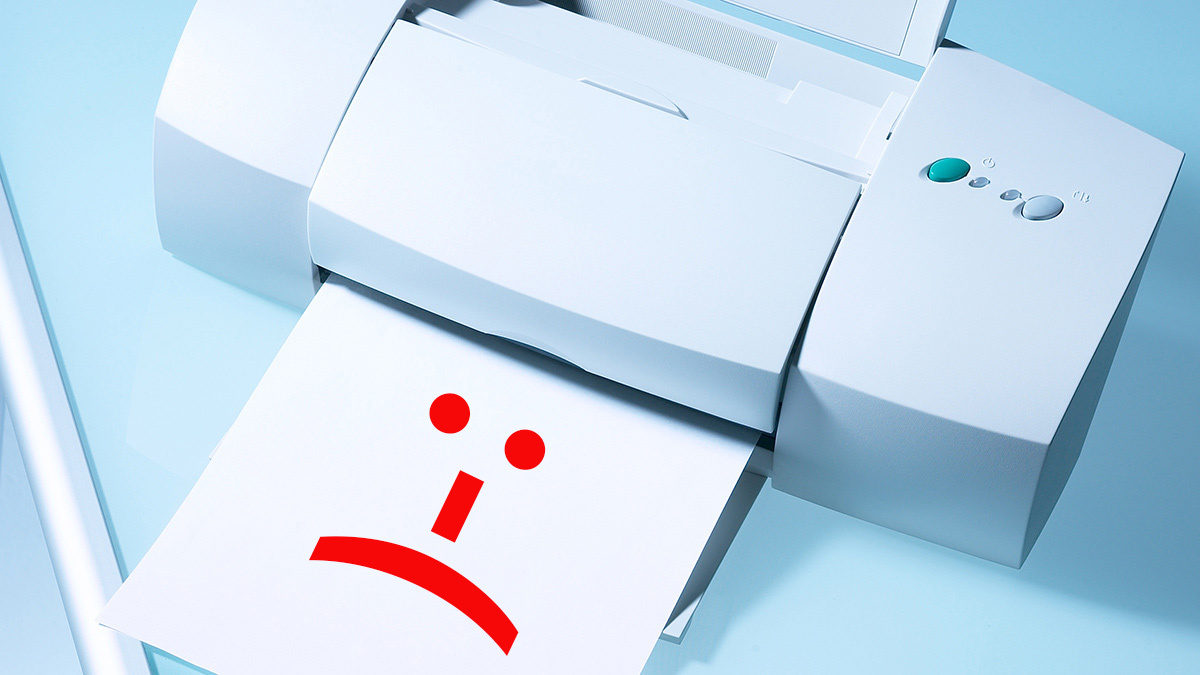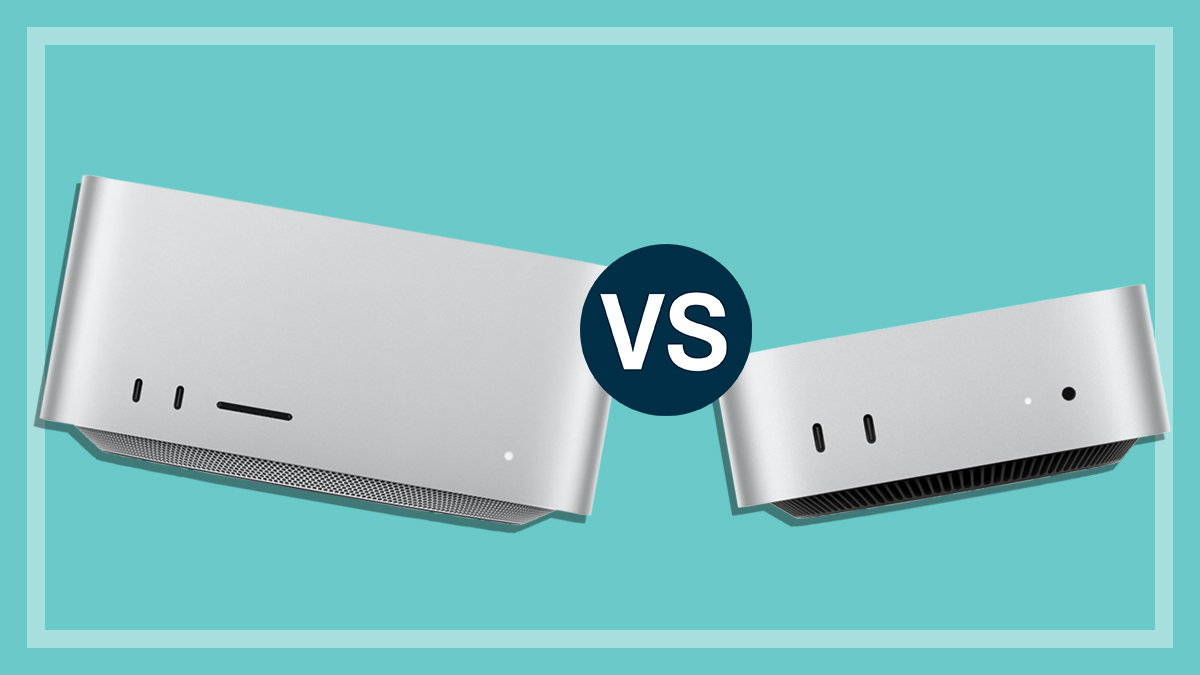Get our independent lab tests, expert reviews and honest advice.
How we test laptops and tablets
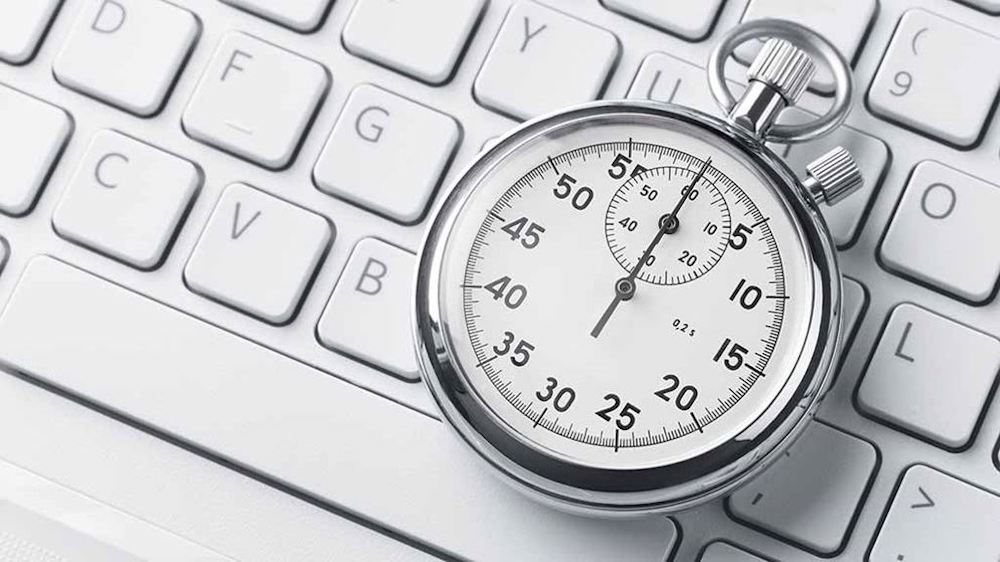
Computers have come in many shapes and sizes over the years. Today, laptops and tablets are the devices of choice for most consumers and they make up the bulk of our computer testing at CHOICE.
On this page:
They generally fall into two categories – the traditional ‘clamshell’ shape and the 2-in-1 convertible models that do double duty as a tablet. Tablets might also find use as laptops when equipped with a keyboard and possibly a mouse and maybe even a desktop dock.
While we still test other options like mini PCs and dongles (aka sticks), this usually takes place within a specific context, such as streaming devices. We don’t compare these to laptops and tablets.
Below you’ll find a round-up of the method our experts use to test and assess laptops and tablets.
Our expert testers
Our expert computer testers have extensive experience in working with a wide range of consumer-level computer-related technologies. Our tests aren’t only about how computers work but also how they fit into your home technology ecosystem.
How we choose what we test
More than any other category of household product, computer technology is constantly updating and evolving. The pace of changing technology means we constantly have to re-evaluate how we look at computers. Some of last year’s top performers might become this year’s entry-level devices, as much faster chipsets offer substantial performance boosts, while storage becomes cheaper and faster.
Each time we test a particular range of computer products, we start by researching the market to find current models to compar. We try to include models in each category from across all the major brands. This includes finding out which models we can test that will still be available on retail shelves by the time testing is completed and the results have been published.
We test in small batches and look to include the most up-to-date and popular models available in the big name retail outlets
While we try to establish a level playing field for testing across a category, the variation in range of options available can make this a real challenge. It’s worth noting that there are often several models of a particular computer “family” available, having the same basic features but varying in main processor spped (CPU), graphics processor (GPU), the amount of memory (RAM), and storage capacity and whether hard disk drive (HDD) or solid-state drive (SSD).
In some tests we may buy a number of models from the same manufacturer that fit into different families. The models tested should give you a good indication of how a particular model family rates against current competitors, including the advantages and disadvantages of its overall design and any special features and inclusions.
We look to include the most up-to-date and popular models available in the big name retail outlets and buy them off the shelf or online just as any consumer would, so you can be sure that what we test is what you can buy and our results should be what you can expect.
How we test
Our testing of all computers includes comparison testing of performance and ease of use. We also include an expert evaluation of the display screen. Laptop and tablet testing also includes battery life testing.
Performance
Testing includes benchmarking each model using a variety of software tools. These measure various aspects of CPU performance, memory performance and memory bandwidth, video performance, 3D graphics and storage speed.
The benchmarking software is designed to measure performance under a variety of simulated workloads.
Ease of use
Evaluation includes an expert assessment of connectors, design flaws and advantages, supplied security hardware and software, if any. We also look at the format and scope of any built-in help, support documentation and manuals, plus general design features and overall style.
Where applicable, we also assess the supplied keyboard and mouse/trackpad, stylus pen or other pointing device. All performance testing and ease of use evaluation is conducted under the computer’s native operating system.
Battery life
Testing for laptops starts with each battery conditioned to achieve optimum life, then tested under a heavy-usage scenario with the power management features set to maximum performance and screen brightness to 100%, with Wi-Fi turned on and connected to a network.
Because some screens, particularly tablets, can be much brighter than typical clamshell-style laptops due to being designed for outdoor use (which affects battery life if set at the highest setting) our battery life score now takes into account calculations based on the luminance (brightness) of the screen, to create a more level playing field.
Display evaluation
Takes into account colour, brightness/contrast, glare and surface reflections, horizontal/vertical angles of view with reference still images, plus Blu-ray video playback.
Wi-Fi testing
We connect each laptop exclusively to our test lab wireless router, then wirelessly transfer a set of test files across this closed network, timing this over several runs to establish consistency and averaging the final score in megabytes per second (MBps). All devices are restarted before testing and drivers updated to latest versions.
Temperature
Testing for laptops. Whether on your lap or held in the hand, a device should be comfortable to use and this includes temperature. We measure the temperature of the hottest part of the underside of each laptop to see if it gets uncomfortably hot after sustained heavy usage on battery only.
We consider 44 degrees the maximum acceptable comfort threshold. This test doesn’t contribute to the overall score.
Sound evaluation
Testing using the computer’s inbuilt speakers is done by an in-house expert who evaluates the quality compared to similar devices.
Tablet use assessment
Is for 2-in-1s and tablets that can be used with a detachable keyboard. This testing takes into account how the device performs as a tablet (without keyboard) rather than as a laptop, in addition to the same CPU, graphics, storage, and Wi-Fi tests used for laptops.
Our rating system
The CHOICE Expert Rating is made up of
- Ease of use (35%)
- Battery life (20%)
- Performance (20%)
- Display (20%)
- Audio quality (5%)
We also run an additional performance test for tablets. Though these results are published, they don’t contribute to the CHOICE Expert Rating.
- Form factor (45%)
- Display (40%)
- Battery life (15%)

